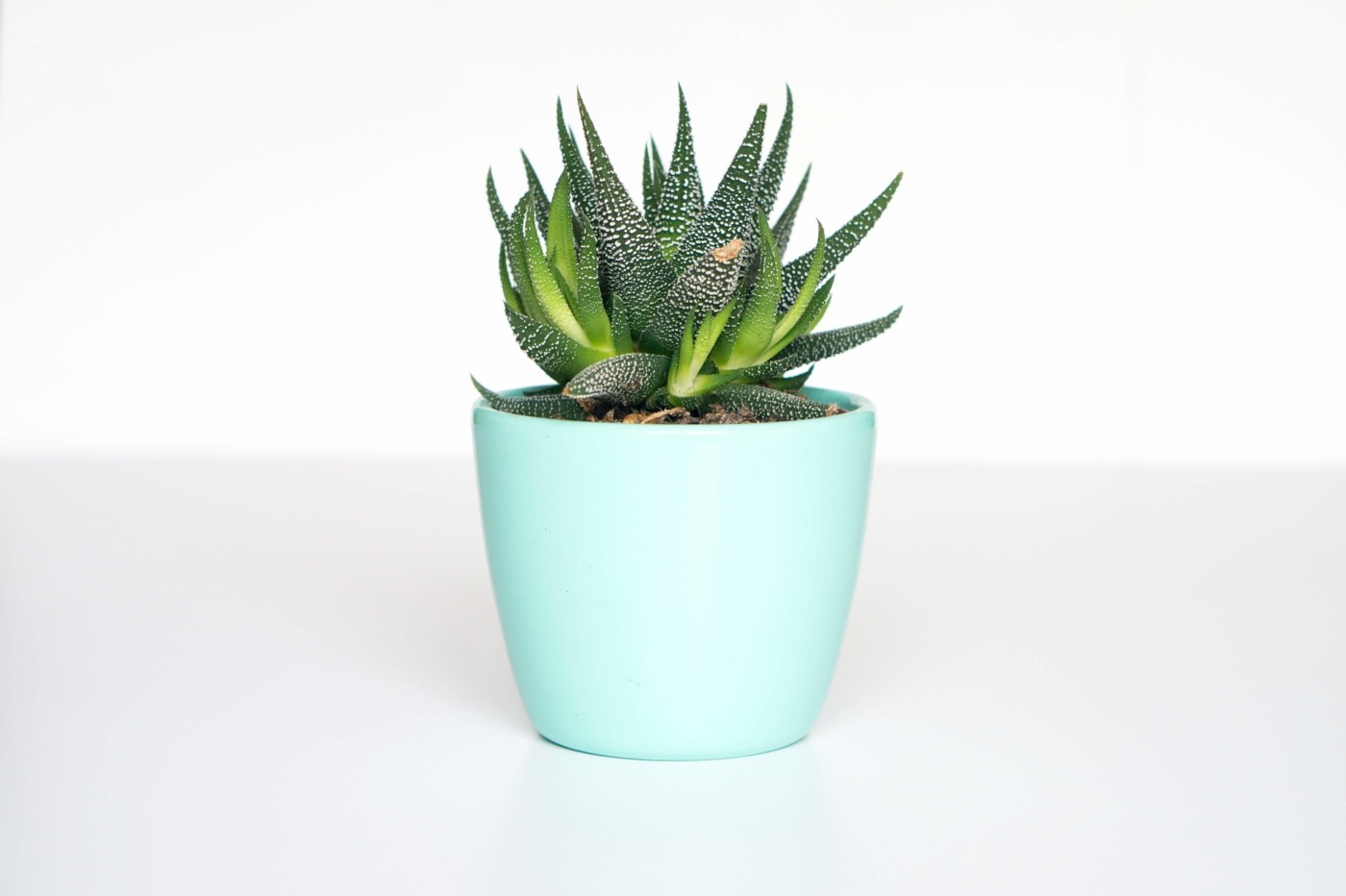How not to kill your houseplants at university
Houseplants are a great way to decorate a room. They’re striking, air-purifying, fashionably decorative and caring for them is a great way to practice mindfulness. Bringing another living being into your living space and sustaining it needn’t be difficult or strenuous though. The right plant in the right place with the right care will thrive and give you joy for years to come.
First of all, pick the right plant. Perhaps your parents are horticulturalists and you own a greenhouse, in which case go crazy and buy a banana plant or something, but I’m sure most of us don’t have such skills. If you’re new to gardening, or don’t have a lot of time or money to spend, start out with a plant that doesn’t ask the earth – get it?
Learning about your plant will give it the best chance of survival
Cacti, succulents, aloes and orchids are plants that don’t need much care and will last for years. For flowers, try kalanchoe, gerbera or primroses. There’s nothing like eating fresh produce, so maybe try some herbs or a tomato plant in your kitchen window. You can buy any of these cheaply as plants or seeds from supermarkets, Swedish flatpack furniture shops, or garden centres. When choosing a plant make sure it’s healthy (no broken leaves or stems) and that it’s not already taking up the whole pot or it’ll have nowhere to grow.
Next, learn about your plant. If you paid more attention to the price than the name of the plant you were buying, don’t worry. You can identify your plant on the Royal Horticultural Society’s (RHS) free online database which you can search using plant characteristics. Horticulturalist social media is also a great place for specific professional advice – James Wong once identified my cactus via Twitter. Try following Monty Don, Jane Perrone and ‘The Houseplant Guru’ for general plant care tips and ask questions if you’re not sure. Learning about your plant will give it the best chance of survival.
Follow these simple steps and your plants will be happy for months
But you can’t just stick your plant anywhere. Finding a place with enough, but not too much light is essential. Cacti and most plants with large flowers will want a bright spot whereas succulents do well in the shade. Have you ever thought of putting plants in the bathroom? Orchids, ferns and natively tropical plants will thrive where air is moist. I always take my orchid into the shower room with me, just make sure it doesn’t get splashed.
When it comes to watering, you must check what your plant wants. I water cacti and succulents once a month, maximum! If you do too, set a date when you always do it – mine is when I first turn over the calendar. Plants differ hugely on this though – some edible herbs will die if their soil dries out, and plants in flower might need watering several times a day in the summer. If in doubt, water your plant when you see the soil is dry and you can’t feel any moisture a fingertip’s depth below the surface.
Wherever possible, water your plants with rainwater. Tap water is fluoridated and will contain chemicals for hygiene purposes. Simple trick: stick a bucket outside and collect your plant water from there. I use a repurposed water bottle to store the water inside and then use it when at room temperature.
With a little love, care and research, your plants will always bring you joy even in the darkest essay-writing moments
Soil composite is important too – some plants like to sit in wet soil, others need water to drain away quickly. If you bought the plant in a pot, it’ll already have the right soil but if your growing from seed, it’s worth checking. Many plants are happier when their air isn’t dried out by central heating, you can correct this by keeping a small spray bottle filled with rainwater. Spritz the leaves once a day to keep plants fresh. You can buy bottles cheaply online or repurpose an old hairspray bottle.
Follow these simple steps and your plants will be happy for months. Looking ahead, you may need to feed, prune or re-pot your plant in due course – always consult the RHS plant guide beforehand. But with a little love, care and research, your plants will always bring you joy even in the darkest essay-writing moments.

Comments